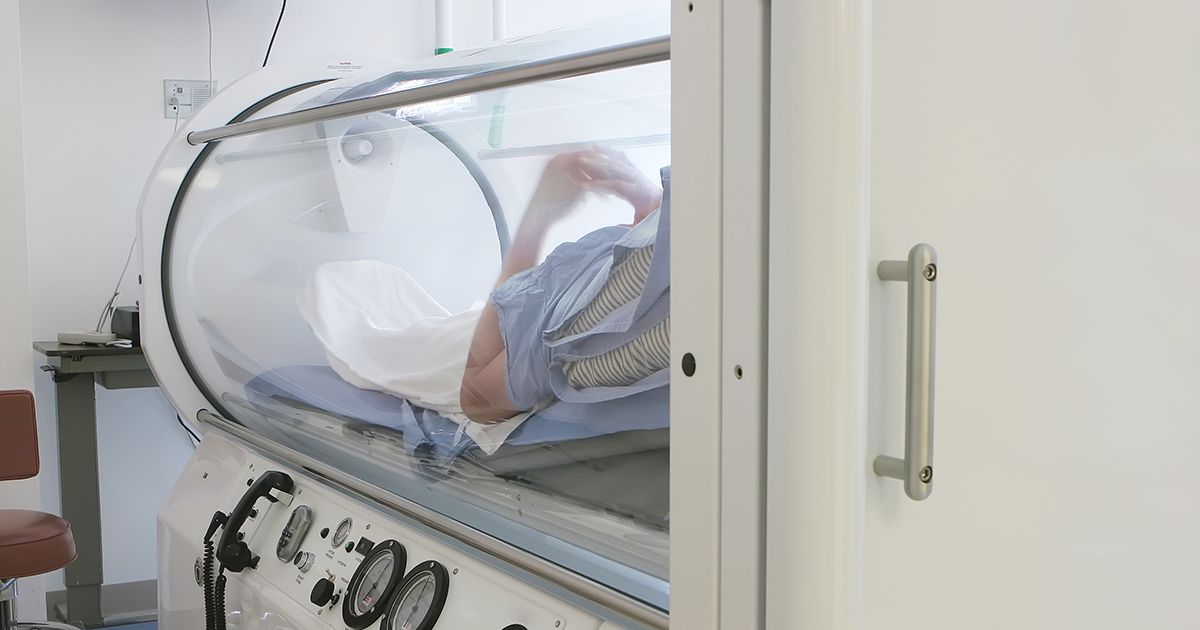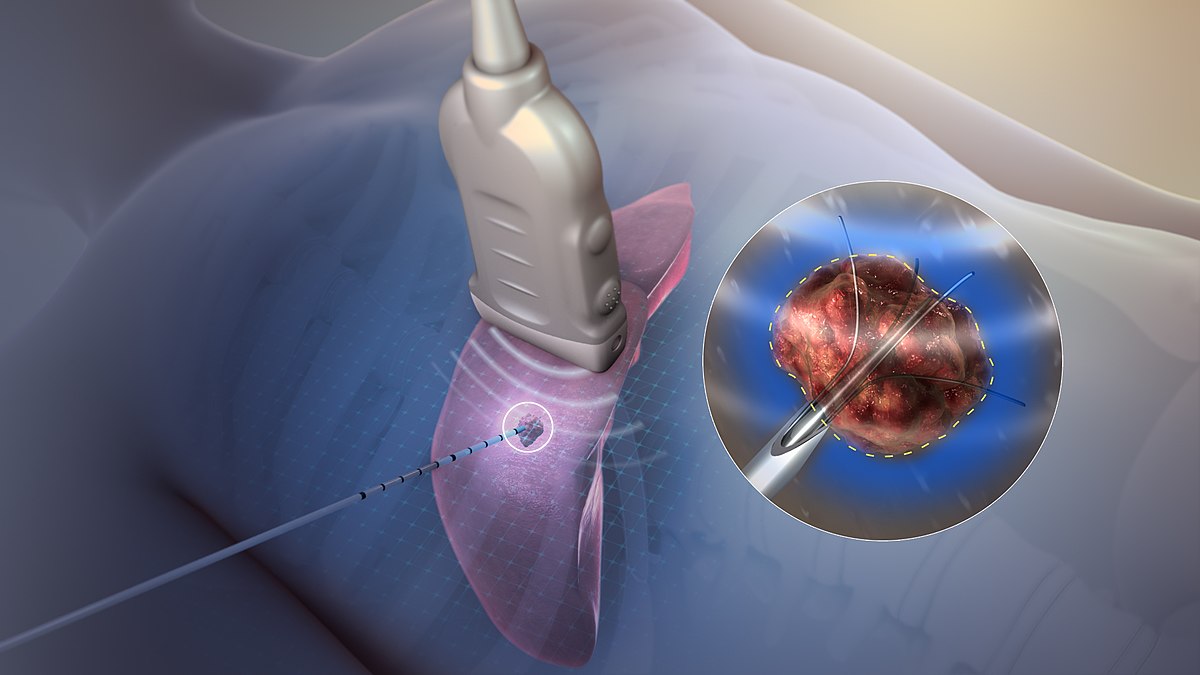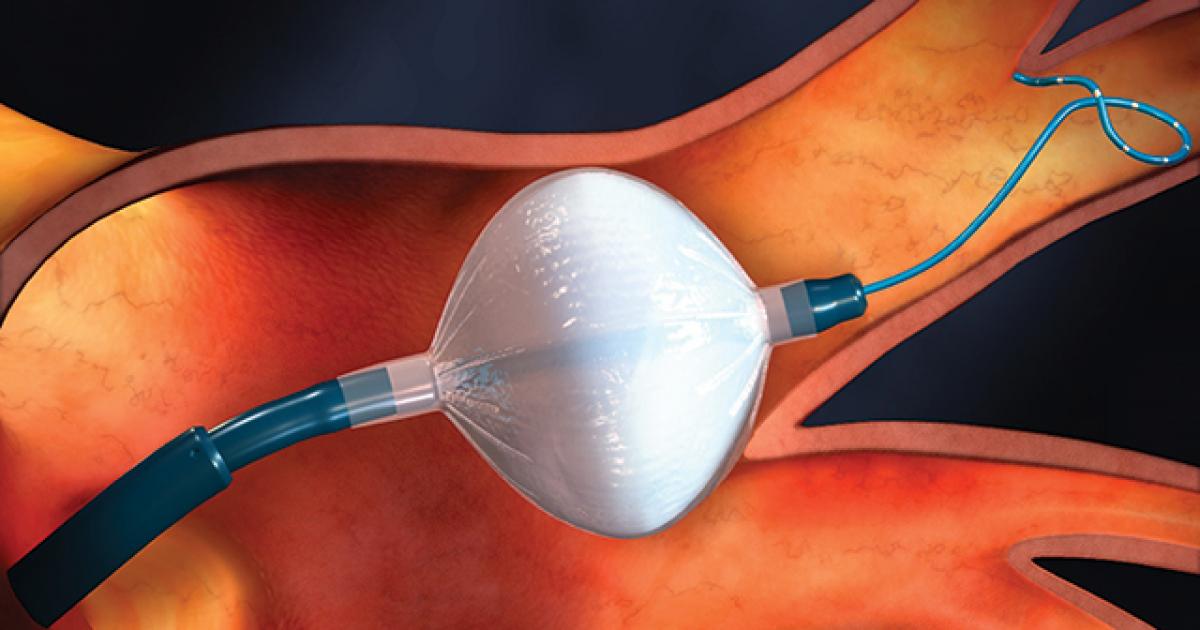Major Breakthrough Cancer Cures
In 2016, it was estimated there was approximately 1,685,200 new cancer cases diagnosed in the United States alone, as well as nearly 600,000 deaths. For years, researchers have searched for possible cures, as they endeavor to unlock the complex nature of cancer and its ability to rapidly mutate.
Although there are still far too many premature deaths due to cancer, doctors can now treat certain forms. Considering there are more than one hundred types of cancers, not all diagnoses are a death sentence. The following breakthrough cures have made a significant difference regarding overall mortality rates. Learn the full details about these now.
Chemotherapy

The population has differing opinions on chemotherapy, as many prefer a holistic approach if possible. In the early twentieth century, the only cure available was surgery. However, this was only effective for small and localized cancer masses. Once radiation was introduced, chemotherapy soon followed. Used after surgery took place, chemotherapy was able to destroy any remaining cancer cells in the body. This is known as adjuvant therapy, which was first tested effectively in breast cancer, before being used for both colon and testicular cancer. Today, combination chemotherapy is often used for fast-growing cancers, such as leukemia.
Keep reading to learn more about breakthroughs in cancer treatment now.
Immunotherapy

Humans already have a natural defense mechanism: the immune system. Naturally fighting diseases, such as cancer, immune function can be somewhat manipulated to work as an effective treatment. This can be done in quite a few ways, including stimulating an individual's immune system. When the immune system is stimulated, it works harder to attack cancer cells. Another way is 'training' the immune system to attack cancer cells, by adding human-made immune system proteins, also known as monoclonal antibodies. Vaccines and 'immune checkpoint inhibitors' are also available and, over the past three decades, immunotherapy has been an important aspect of cancer research.
Discover more breakthroughs made in cancer cures now.
Hyperbaric Oxygen Therapy

Since cancer cells thrive in a low-oxygen environment, many are utilizing the effects of hyperbaric oxygen therapy (HBOT). This therapy essentially increases blood oxygen levels, helping the body overcome one of the key influences behind cancer growth. Originally developed for deep sea divers who suffer from the bends, this therapy has gained a lot of positive attention. An added benefit is the reduction of overall inflammation. If undergoing radiation therapy, for instance, hyperbaric oxygen therapy can help reduce inflammation throughout joints and tissues. It is recommended this therapy be used in combination with other treatment options, such as chemotherapy drugs or more ideally, a ketogenic diet, discussed next.
Ketogenic Diet

The ketogenic diet eliminates just about all carbohydrates, except for non-starchy vegetables. In turn, individuals replace these foods with high-quality protein sources and healthy fats. This is done because cancer cells thrive on glucose, and since carbohydratess turn into glucose within the body, the source must be eliminated. Low glucose levels will essentially starve cancer cells. Also, it is believed low protein intake accelerates the rates at which cancer cells multiply. Controlling blood-glucose leptin levels has been shown to reduce tumor size. Intermittent fasting is also a key component of this treatment, which essentially trains the human body to use fat as a fuel source without relying so much on glucose.
Uncover more breakthrough cancer cures now.
Personalized Medicine

We are now moving towards a more personalized approach, redefining cancer and available treatments. Not only is the type and location of cancer important, but it is also specific to the patient's molecular and genetic makeup. Although still in the early stages, this form of treatment is rapidly evolving. This gave way to targeted therapy, which took off in the late 1990s, thus allowing doctors to customize treatment based on individual patient needs. Since then, this approach has improved significantly, as genetic testing and genetic mutations become a key area of interest. New research has possibly uncovered the 'Achilles heel' of cancer cells, allowing researchers to focus on the core mutation within cancer cells.
Uncover another breakthrough cancer treatment now.
Radiation Therapy

Radiation therapy is the use of high-energy waves to destroy cancer cells localized to a specific area within the affected individual's body. The type of energy used in radiation therapy to treat various types of cancer is called ionizing radiation. The ionizing radiation works by causing irreversible damage to the DNA inside of the cancerous cells. This damage causes them to die immediately or inhibits their processes of growth and division. There are two types of radiation therapy used to treat malignant tumors. External beam radiation therapy works through the use of an external machine to focus the beam of radiation onto the treatment site. Internal radiation therapy works through the use of a radioactive substance implanted temporarily or permanently into the body near or inside of the cancerous tissue. Internal radiation therapy is usually reserved for selective cases where preservation of healthy tissues around the malignant tumor is critical. Radiation therapy can be used alone, alongside surgical procedures, or with chemotherapy to curatively treat a patient's cancer.
Read more about breakthroughs in treating and curing cancer now.
Hormone Therapy

Hormone therapy is a type of treatment that has been shown to be effective in slowing or stopping the growth of certain kinds of cancers that can utilize hormones to grow. There are two main types of hormone therapy characterized by the mechanism of which they work. Hormone therapy can work by inhibiting the body's mechanism of natural production of hormones, or it can work by altering the way hormones function in the body. The forms of cancer that use hormones to grow and can be treated with hormone therapy are breast and prostate cancer. Hormone therapy can be used to eradicate cancerous cells that have metastasized to other parts of the body or malignant cells that have returned. Hormone therapy is commonly used in tandem with other cancer treatments. It can be used as neoadjuvant therapy to shrink a cancerous tumor before its surgical excision or eradication with radiation therapy. Hormone therapy can be used as adjuvant therapy or therapy used to reduce the risk a patient's cancer will return after they have undergone the primary treatment for it.
Continue reading to reveal more breakthroughs in cancer now.
Stem Cell Transplant

A stem cell transplant is a procedure used to replenish and replace the stem cells or blood-forming cells in the bone marrow of individuals affected by certain types of cancer. Stem cell transplants can also be used for patients who have had their bone marrow damaged by chemotherapy or radiation therapy used in high doses to treat another form of cancer. The cells in the bone marrow called stem cells are what forms the white blood cells, platelets, and red blood cells. In individuals affected by some forms of leukemia or multiple myeloma, a stem cell transplant can provide immune defense against growing cancer through the transplanted white blood cells. Other forms of cancer that can be treated using a stem cell transplant are lymphoma and neuroblastoma. There are three types of stem cell transplants. An autologous transplant involves the transplantation of stem cells that come from the patient's own body. An allogeneic transplant involves the transplantation of stem cells from a separate but compatible donor to the patient. A syngeneic stem cell transplant involves the transplantation of stem cells from the patient's identical twin if applicable.
Learn more about breakthroughs in cancer treatment now.
Radiofrequency Ablation

Radiofrequency ablation therapy is a form of minimally invasive cancer treatment involving the use of heat and electrical energy to eradicate malignant cells. This type of cancer therapy is administered through a minimally invasive surgical procedure where the surgeon uses imaging tests to direct a needle through an incision in the patient's skin to the tissues affected by cancer. The needle is then used in the delivery of high-frequency heat energy to the area containing cancerous cells, causing them to die. Usually, radiofrequency is not the primary form of treatment used for a cancerous tumor, but it is a feasible option for some patients who may not be eligible for surgical excision of their tumor. Common types of cancers treated with the use of radiofrequency ablation therapy include breast, kidney, lung, thyroid, adrenal gland, bone, liver, and pancreatic cancers. Radiofrequency ablation therapy is also useful for the elimination of precancerous cells that occur in the esophagus of individuals affected by Barrett's esophagus.
Discover another cancer breakthrough now.
Cryoablation

Cryoablation is a form of minimally invasive treatment used in individuals affected by cancer that involves the utilization of extremely cold temperatures to kill cancerous cells in a tumor. Similar to radiofrequency ablation, cryoablation is administered through a minimally invasive surgical procedure where the surgeon directs a cryoprobe or thin needle through an incision in the skin and into the cancerous tissues. A special type of gas is then infused into the cryoprobe that causes the malignant tissue to freeze. The frozen cancerous tissue is left to thaw out, and it is then refrozen through the same process during one treatment session. The repeated freezing and thawing of the malignant cells causes them to die. Cryoablation is a type of cancer treatment often used in patients who cannot undergo traditional surgical excision of their cancerous tumor. However, cryoablation can be used as the primary form of treatment for some kinds of cancer, including cervical, kidney, lung, prostate, liver, eye, and bone cancers.
